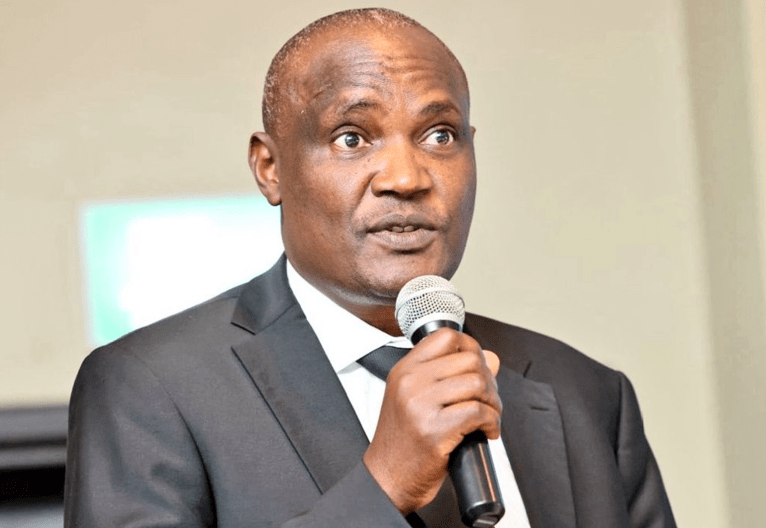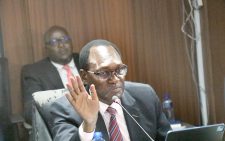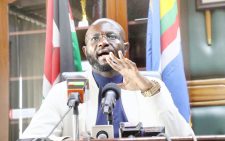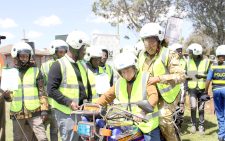Budget process kicks off as revenue collections shrink
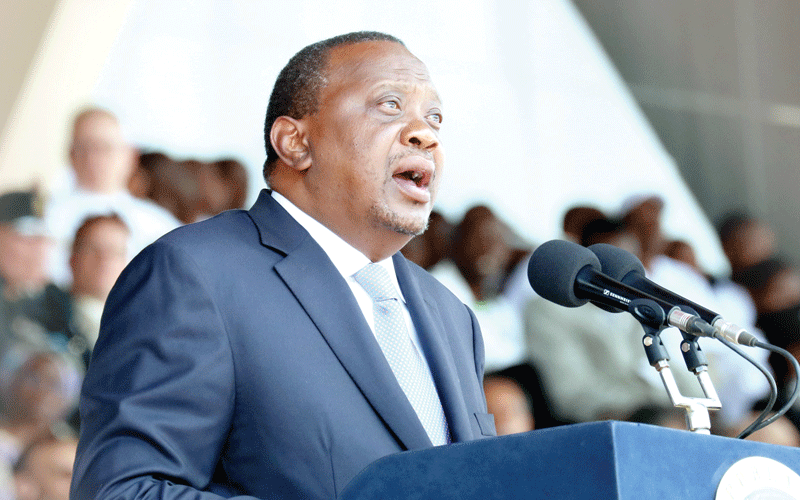
Treasury will next week Tuesday present its 2020/21 financial year Budget proposal to Cabinet leveraging on completion of ongoing projects and execution of the Big Four agenda.
The move, which is part of the Budget making process, banks on accelerating growth through austerity measures and intended completion of stalled projects estimated at Sh396.9 billion by the national government as at June 2018.
Treasury, which wants to fund targeted projects, has seen acting Finance Cabinet secretary Ukur Yatani direct budgetary sector working groups (SWG) to ensure government ministries, departments and agencies (MDAs) provide comprehensive information to support ongoing projects.
But the challenge remains the source of funds with Kenya Revenue Authority (KRA) struggling to meet tax targets due to a sluggish economy forcing Treasury to reduce the taxman’s target by Sh100 billion to Sh1.7 trillion.
For three financial years now, KRA has been unable to reach its revenue targets.
Stimulus package
Amid dwindling economic fortunes, Kenya’s public debt had hit Sh5.96 trillion by September having increased by Sh822.4 billion, while net public debt stands at Sh5.44 trillion less on-lending and government deposits. This gives Treasury very little headroom for more loans.
With the submission of the Budget Policy Statement (BPS) to Cabinet on January 12 before taking it to Parliament on February 14, emphasis must be on high priority and strategic service delivery programmes, plus a stimulus package which can excite the economy to grow.
The CS issued an edict while launching the FY 2020/21 and the medium-term budget preparation process in September last year, saying the government is expected to cut spending on non-core programmes to mobilise resources towards the Big Four agenda – an intermediary programme to achieve the 2030 vision – targeting food security, affordable housing, manufacturing growth and healthcare.
He urged government officers to itemise all projects with detailed processes to completion.
“This should include a list of the ongoing projects with details of total cost, source of funding, start and end date, cumulative expenditure to date, balance to completion, physical status of completion levels and the amount required over the medium term including counterpart funding where it is required, among others,” said Yatani.
In the 2019/20 Budget, the Big Four projects were allocated Sh450 billion, with key drivers of the agenda receiving Sh76.7 billion while enablers got Sh374.1 billion.
Fiscal headroom
However, implementation of the projects has and continues to be a headache because of tight liquidity with Treasury having little fiscal headroom to absorb additional external borrowing while the Bretton Woods institution, the International Monetary Fund (IMF) has spelled tough pre-conditions before opening its lending taps.
Faced with these challenges amid a debt ceiling, the government, in November last year forced through parliament (the Senate) a motion that raised Kenya’s debt ceiling to Sh9 trillion to “create space to refinance expensive debt and shift focus from domestic debt to external debt in order to allow credit extension to the private sector.”
This was meant to give room for more borrowing to retire current expensive loans that have seen public debt skyrocket from $15.5 billion (Sh1.6 billion) in the same period in 2012.
Besides, authorities also face a dilemma of increasing its tax collection for fear of a backlash from an already overtaxed citizenry, forcing the government to carry out the current austerity measures.
“To create fiscal space and guarantee appropriate phasing out of expenditure programmes, SWGs will be required to conduct a thorough review of all proposed MDAs Budgets for FY 2020/21 to ensure that they are not only directed towards improving productivity but also aligned to the achievement of the objectives of the “Big Four” Plan either directly as drivers or indirectly as enablers,” said Yatani.
Stakeholders have on various occasions complained of a skewed planning process, where ministries budgeted for their yearly expenditures and received money from treasury without strict conditions, a process that created loopholes for corruption to thrive.
This created gray areas, with projects like the Sh63 billion Kimwarer and Arror Multipurpose Dams, among other development ventures becoming conduits for cartels to swindle the government billions of shillings.
The central government lost Sh4 billion by paying Kimwarer Dam contractor, CMC Di Ravena of Italy Sh22.2 billion on a project that was deemed by President Uhuru Kenyatta as “overpriced, not technically nor financially viable.”
This, even as a cost rationalisation Arror Multipurpose Dam reduced the project’s budget from Sh28.3 billion to Sh15.4 billion, saving the exchequer Sh12.9 billion.
